Katharina Sophia Volz is the CEO & Founder of OccamzRazor, a company that is using machine learning to fight brain-aging disorders like Parkinson’s. They recently became the first to map all the information that science knows about this disease, allowing them to better understand how the disease works, identify biomarkers, develop new therapeutic targets and evaluate the effectiveness of treatments. With this map, they are then able to navigate the intricacies of the brain and reveal new hidden connections to find the quickest path to a cure. Soon OccamzRazor will partner with pharma companies to develop treatments.
NEXUS HQ interviewed Katharina to learn more about her motivation for starting the company, how she continues to overcome obstacles in health and artificial intelligence, and her vision and impact for the world.
Learn more about Occamz Razor here: www.occamzrazor.com
Follow on social media: @OccamzRazorCom @DrKVolz
#AIforgood #NewCures #FightBrainAging #ParkinsonsDisease
Tell us about your company. What is your ‘why’ and how did it come to be?
In 2016, I received bad news: Someone close to my heart was diagnosed with Parkinson’s. As a scientist myself, I dug into the research to discover that Parkinson’s is not just incredibly complex, it is poorly understood. The complexity has resulted in a deluge of scattered information. It was clear that in order to make progress, we needed to get a complete picture of the puzzle that Parkinson’s is. In 2016 I founded OccamzRazor with the aim of using machine learning to tackle this complex disease. We pioneered a new machine learning technology that can read, understand, and extract scientific knowledge from text. Accomplishing this breakthrough was a lengthy and laborious process in which we teamed up with the Stanford Computer Linguistics department. They were astonished about our dataset, which contained thousands of manually labeled biological entities — proteins, genes, organelles in abstracts of scientific publications. Together we developed the first version of our algorithm, which can automatically identify biological components and map the network of their interactions. Now, every time a new publication goes online (that is about every 15 minutes in neuroscience alone), our system analyzes it and integrates the key findings into our map. Our map is a dynamic data structure that allows data from different sources to be linked seamlessly. We formed partnerships with the biggest foundations in Parkinson’s, such as the Michael J Fox Foundation, the Sergey Brin Family foundation and big clinics, like the Parkinson’s Institute and Clinical Center, California and augmented our map with their data, which includes decades of clinical work with Parkinson’s patients. We call this map, the Parknsome. Our proprietary algorithms take all the information that researchers and doctors around the world produced as input in the Parkinsome and with this it can predict new biology: The new biology constitutes new pathways and new genes. This, in turn, can help you identify a new class of treatments (every treatment modifies disease, so omit the “disease-modifying”)
We are at the cusp of making the first scientific breakthroughs aided by artificial intelligence. Using the Parkinsome we can, for instance, identify any existing drugs for other diseases that might have an effect on Parkinson’s and test them in the lab. We can understand risk factors better e.G. genetic predisposition or certain environmental influences, and develop treatments around them. We can understand how preventive activities, like exercise, change the cellular system to lower disease risk. Our innovation is a radically new way to do science, fully leveraging the power and scalability of machine learning, which, through partnerships with pharmaceutical companies, will lead to the first curative treatments for Parkinson’s disease.
What’s the origin story of the OccamzRazor name?
Our name is derived from the problem-solving principle established by William of Occam. Occam’s Razor cuts through scientific assumptions. We believe that we need unbiased hypotheses based on all the available biomedical knowledge to map out diseases and identify the many causes of complex diseases. Many incurable diseases are too complex for humans to understand. We tackle their complexity with machine learning to identify disease causes and develop effective treatments.
How would you describe OccamzRazor to a 6-year-old?
We built a digital scientist that is able to read and analyze all the information ever been generated, the books and articles that scientists around the world write, the information that comes out of a machine in the laboratory, all of it, and it knows more than any human can possibly know. It is also smarter because it can make connections that humans cannot make. With this, we are figuring out why patients with brain-diseases get sick and we are designing medications to help them.
Given the current state of affairs, how has OccamzRazor responded to, or been impacted by, COVID-19?
We are lucky in the way that we have most of our processes set up to be remote and can run most of our experiments in silico, meaning on the computer. The team itself is capable of running remotely as well and continue to be extremely productive.
What’s one thing that is helping you adjust to the new normal? A work from home hack?
I usually travel twice a month. While my permanent residence is in NY, my home is in Germany and this has been the longest I have been away. It’s particularly stressful being locked in a NYC shoebox-size apartment but, that being said, I always find a way to turn challenging situations into an opportunity and pull positive aspects from it. I decided to upgrade myself to a new ‘operating system’. I’ve upgraded my morning routine and optimized my diet to the point that I am the most healthy I have been my entire life. I have recently decided to invest in upgrading my brain as well i.e. I am doing a speed reading and memorization course. I have also stepped up my meditation practice, talking to friends, family, and team more regularly over zoom.
My biggest work from home hack relates to focus. I set my timer into 35 min sprints. Within this time, I turn off all my communication channels and I focus on one task at a time. I don’t allow myself to make tea, or do anything else that you would want to do to procrastinate.
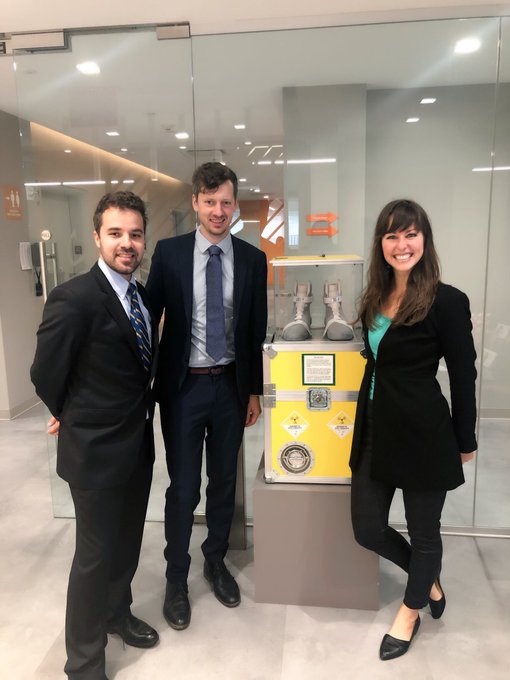
Share a little more about OccamzRazor vision and what you feel is its greatest impact on the world.
When I started studying Parkinson’s, what I found was not only a very complex biological problem to solve, but also a field of research that was deluged in scientific knowledge, but that knowledge was fragmented, siloed and isolated into a myriad subfields of expertise that don’t communicate: geneticists operate with little knowledge of new fields of inquiry like biophysics; interesting new datasets in proteomics aren’t shared between research groups; millions of publications, patents, clinical trial documents, and doctors notes are produced that no human researcher would ever be able to read; researchers who were experts in their own subdomain of Parkinson’s disease don’t have the time nor the resources to get up to speed with scientific developments in other areas.
Knowledge is being buried and lost in the constant noise. I cannot believe that some of our most brilliant minds are working in this way, each researcher was just operating in their small domain of expertise, solving one piece of the puzzle, but never understanding the complete picture.
My original intention for this project was to map out the network of brain-aging and Parkinson’s, this very complex network of interactions and connect all the dots from the genes to the proteins to the cells. I wanted to get a bird’s eye view of the problem that would allow us to identify the cause of the disease and then develop medications that are addressing the cause. During that process, our team ended up inventing a digital scientist that not only integrates all our knowledge but also connects the different parts and updates itself constantly and instantly. It then can augment our ability to ask the right questions and pose the right hypothesis and conduct the necessary experiments. That’s how I see the future of scientific research and wish ALL science to be done.
There’s simply no excuse for our current approach to science and drug development. It’s siloed, archaic, and slow. How strange that in the age of the internet and interconnected knowledge of the Googles and Netflix’s, our most brilliant scientific minds still operate with technologies that aren’t capable of connecting knowledge, extracting data, making scientific predictions. How ridiculous it is that the software we all use to send emails, share pictures and search for news articles is more advanced and intelligent than the technologies we use to do science and find cures for diseases. We live in an age of extraordinary progress, but we also have to confront our utter failure in the past few decades in how we’re tackling some of the most devastating diseases – one of which being Parkinson’s. It’s time to find groundbreaking treatments so we can tackle our biggest health challenges, and it’s up to us to bring medical research and drug development into the digital age.
What are some of OccamzRazor’s core values?
One of our core values is Integrity. We are committed to hold the highest standards of integrity in all of our actions. Another core value is teamwork: We work together as a team, across boundaries, to accomplish our shared mission, to end brain-aging diseases such as Parkinson’s and Alzheimer’s.
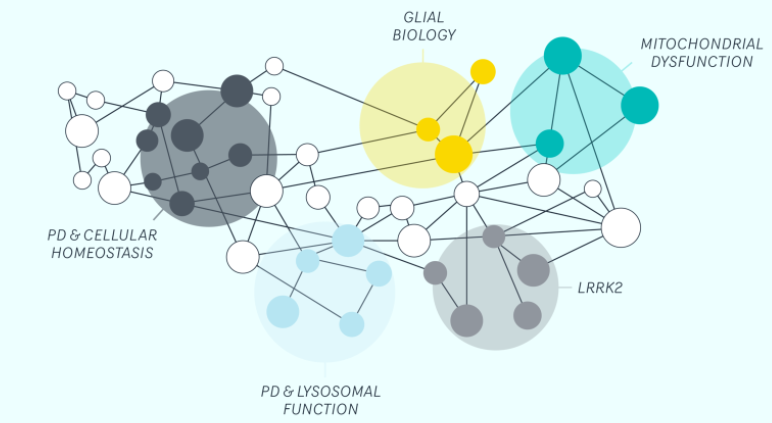
What accomplishment are you most proud of to date?
Both relate to our machine learning platform we built. To build a digital scientist who can instantly read all information that has ever been produced and make instant connections to predict effective treatments, we had to overcome several challenges: The first challenge was that the majority of healthcare data is in text – form, which is a format that a computer cannot understand and analyze. To overcome this, we invented an algorithm that can read and understand different text-based information on brain-aging diseases like Parkinson’s , for instance, papers, patents, clinical trial documents, etc. That achievement, in itself, was a big breakthrough in machine learning.
The second challenge we had to overcome was that we did not just want to extract scientific information from papers and patents and have that land in a database again, where the information is indeed available, but in a fragmented way (like a table format). Instead, we wanted to take it a step further and combine the information in the natural language processing database together with all of the other existing data on brain-aging diseases, for instance genomics, transcriptomics, proteomics datasets. That way we can map out and connect all the information with each other and have a meta-view of how the disease operates. It is no longer buried and siloed and fragmented over millions of documents and datasets but it is functionally connected with each other as one big network map. That creates this metaview of the data where our algorithms can predict new biology, including drug targets and pathways responsible for the disease, which we are then validating in the laboratory and then moving through clinical trials with different partners. The way this data is being analyzed was another huge breakthrough in machine learning.
Where is the biggest area of support needed for OccamzRazor?
We need help with advocacy work around brain-aging disorders like Parkinson’s and using machine learning to map all that we know about the disease to identify a cure. The problem we are finding more and more is there aren’t enough people campaigning for the brain-aging disorders. We need more advocacy to bring these issues and potential solutions to light. We need to encourage the efforts that unlock more funding for neurodegenerative disease work with particular focus on early-stage biotech companies focused on finding cures for Parkinson’s because they are the ones who are innovating to find curative treatments. There are lots of funding opportunities available for academic research on these topics, but not as much for early-stage biotech companies who are really the ones that are innovating and coming up with new medicines that we can bring to the patient.
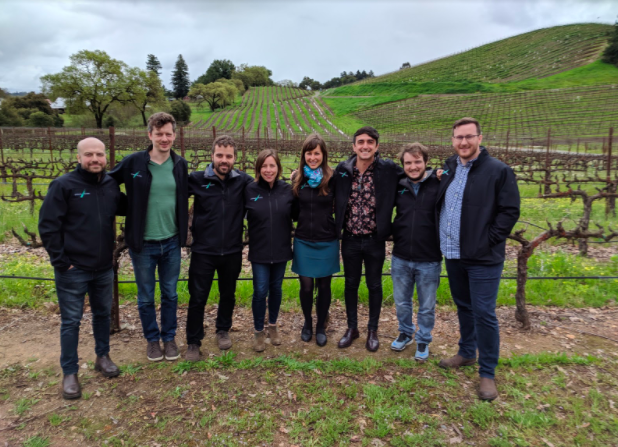
What is your favorite NEXUS memory?
There have been so many to choose from, but they are all around meeting absolutely incredible people: I met lifelong friends there, business partners, collaborators and supporters of my startup. One of the things that I love about the NEXUS community is that it is different from other global networks I have seen, where people are not just saying, but they are actually doing. You can see now with the Corona crisis, there are so many NEXUS members who significantly stepped up in sourcing personal protective equipment to hospitals in NYC. That alone is really wonderful to be a part of.
Who is your dream connection/person you want to meet?
Oprah Winfrey, Angela Merkel, Sue Desmond-Hellman, Bill and Melinda Gates.
What celebrity would play you in the biopic of OccamzRazor?
Jennifer Lawrence.
What show are you currently binge-watching when you aren’t busy running OccamzRazor?
Anything that happens between my two ears, which is the most exciting show I know of 🙂
I have not watched TV in more than 10 years.
Who are three of the most inspirational people in your life?
I have always been so inspired by my PhD mentor at Stanford. His name is Irv Weissman and he is the first to isolate and characterize adult stem cells in humans and has had many scientific breakthroughs. I am beyond grateful to have learned from Irv, who is not only one of the world’s greatest scientists but also one of the kindest people I know. The way he treated each person in the lab is truly remarkable.
I am so inspired by my best friend Ivan Krstic, who also came as an immigrant to the US by himself and built his life here. He dropped out of undergraduate at Harvard and joined the One Laptop Per Child effort. He is now the person leading all of cybersecurity at Apple, which is incredibly impressive given his age and background. I am very grateful that he is the person who is keeping our devices safe. I have never met a person with a higher IQ and EQ, who is successful, but also so kind and wonderful to every person around him.
I am also inspired by our investor Jeff Dean. He is the most impressive person in computer science and machine learning but incredibly humble and an absolutely nice person. He is leading AI at Google and founded Google Brain. He is truly fascinating and I respect his work so much.
How do you typically start your day?
Before I turn my phone or computer on I do a morning routine that involves a breathing technique, a gratitude meditation, a mediation that is focused on connection and sending positive energy to people all around the world, and then it ends with a meditation around visualizing how the world will be when you accomplish your mission.
The inaugural NEXUS Accelerator cohort is in several industries but have you noticed any similarities? Or another fellow you have seem to have synchronicities with?
We are all working on big problems and our work benefits society at large. While we are working on different things, we still often face the same challenges, for instance, how do you fundraise during the time of COVID? How do you keep your team happy and engaged?
When travel resumes post-COVID-19, where are you going on vacation? Or where do you first want to go, even if not vacation?
I would go home to Germany and visit my family.
What’s one (or two) books that you found most helpful on your entrepreneurial journey?
The Magic of Thinking Big by David Schwartz.
Given what you know now, what would you tell your younger self when you first started this company?
That starting a company IS more difficult than doing scientific research and the business is not just going to be around having great science. Meaning the company can fail even if the science is fantastic, but you just do not have enough resources to prove that your science is working. I was aware of this but did not understand to what extent. To make a business succeed you need to get many things right in a startup you need to have many hats on. I enjoy the process and I have learned more in these few years than in my entire life.

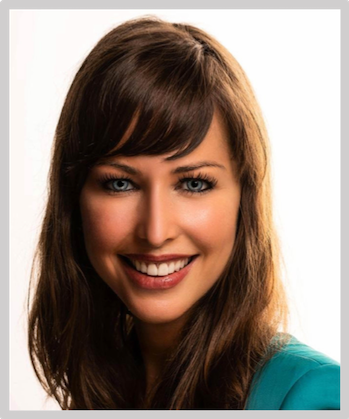
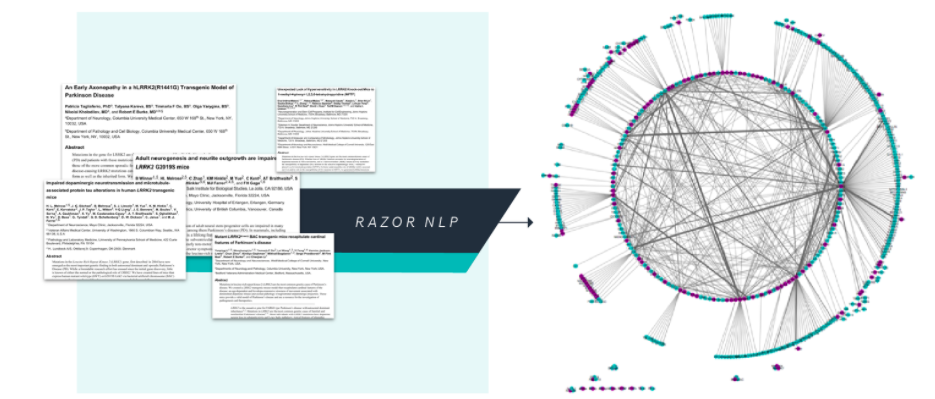
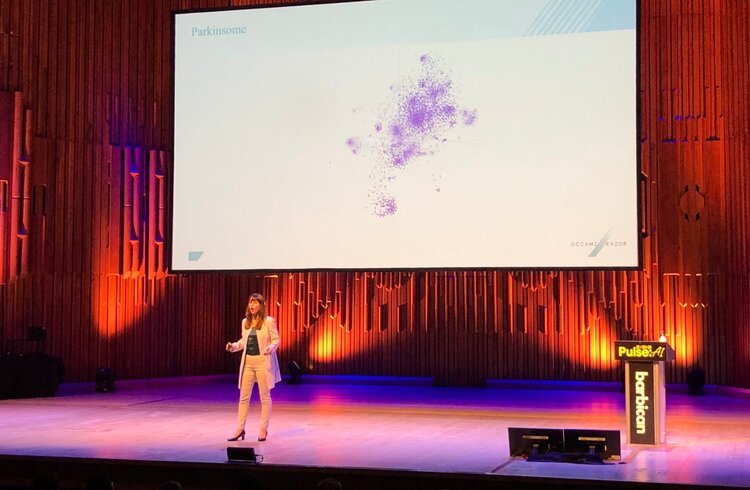

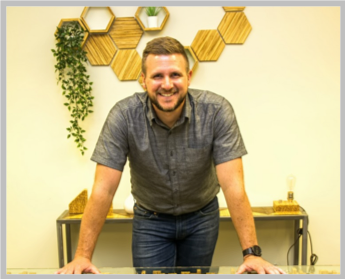
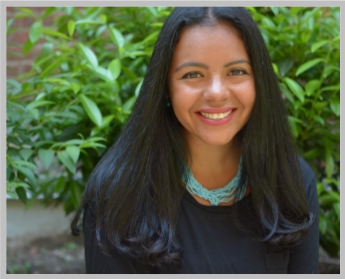

Recent Comments